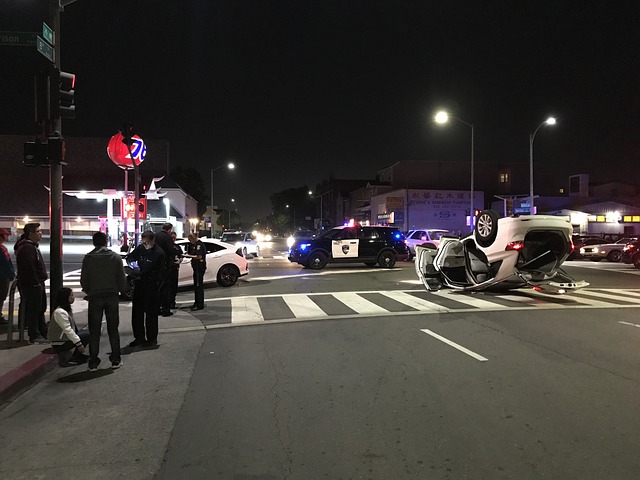From Gwalior to Global Plus91labs Recognized in Global Salesforce 2023 Partner Innovation Awards
Understanding Fault in Multi-Vehicle Car Accidents
Published on November 6, 2023

In car accidents, finger-pointing is a common issue. This is further complicated if there are more than two vehicles involved in a crash. If you suffered serious injuries, you want to be sure that the driver who caused the accident is held responsible.
Texas follows fault-based car accident laws. This means that the at-fault driver’s insurance company would be financially responsible for covering your damages. However, this becomes far more challenging in multi-vehicle accidents.
With large vehicle pileups, it takes an investigation to determine the chain of events. This investigation may even reveal more than one at-fault party.
Determining Negligence in a Multi-Vehicle Collision in Texas
Before holding any driver or another third party accountable for a crash, you show that they were negligent. Every driver owes all other drivers a duty of care on the road to operate their vehicles in a safe manner and obey traffic laws.
If you can show that another person failed to uphold this duty by speeding, tailgating, texting, or engaging in some other behavior and that this failure caused your injuries and damages, then they are negligent. This will mean they are liable for the crash.
In the case of multi-vehicle crashes, it is usually the driver who caused the initial impact who is liable. A prime example of this is when a car rear-ends another one and pushes it into another car, creating a chain reaction crash.
However, there are other types of multi-vehicle accidents where it’s possible for more than one driver to be negligent. There may also be other factors, such as a vehicle or part defect, that may be to blame rather than driver error.
What the Modified Comparative Fault Law Means in Texas Car Accidents
In addition to being a fault-based insurance state, Texas also uses a modified comparative negligence rule. With this rule, drivers must be 50% at fault or less in an accident to collect damages. The damages they can collect will be reduced by their percentage of fault.
These percentages can only be determined through a thorough investigation into the crash. This is where things can get tricky because you don’t want to be assigned any fault in an accident if you were not negligent in your actions.
Another rule called joint and several liability also applies when there are multiple defendants in a car accident injury lawsuit. This would hold one driver responsible for all of the damages if that driver was 51% or more at fault for causing the crash.
As you can see, the more vehicles that are involved, the more complicated these claims become. If you were injured in a car accident that involved three or more vehicles, it’s wise to speak with a car accident attorney to understand more about your legal rights in this situation.
An investigation may reveal that you were not at fault in this matter. Your attorney can then help you seek the full amount of damages you are owed from all liable parties.






















